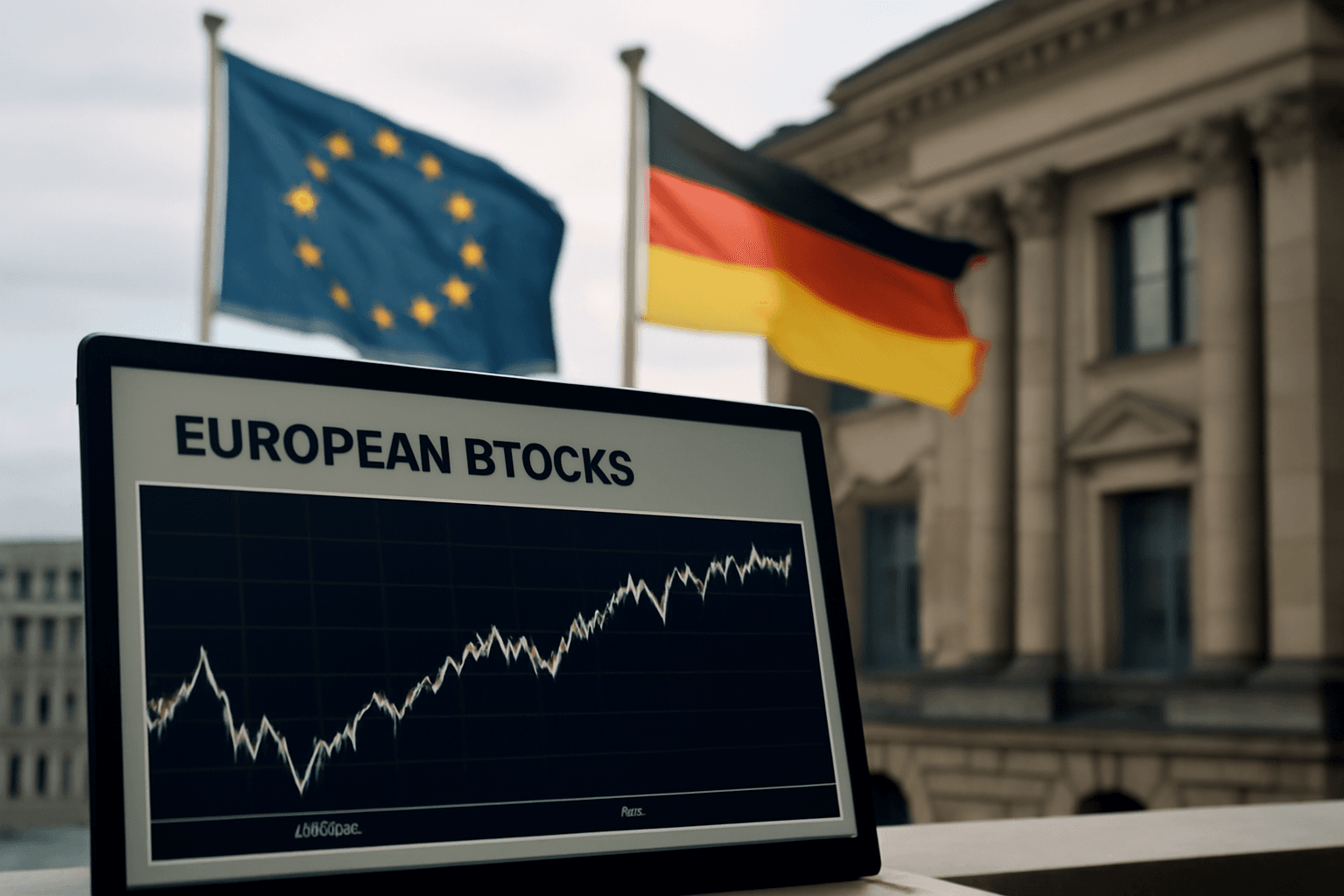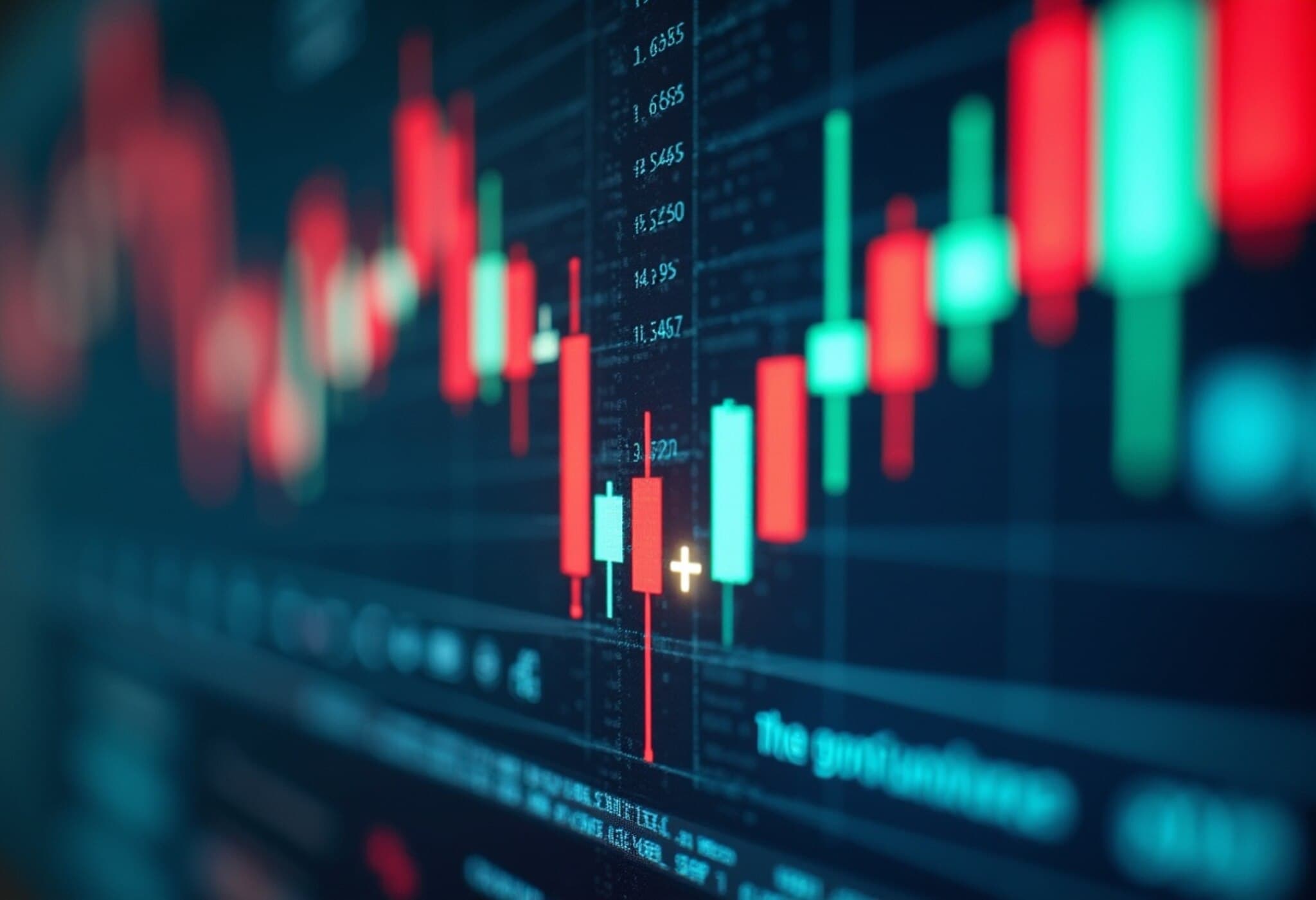U.S. Stock Market Shows Recovery but Investor Caution Persists
The U.S. stock market has experienced a dynamic 2025 so far, marked by an optimistic start, a swift correction, and a full rebound from April losses. However, recent exchange-traded fund (ETF) flow patterns suggest investors remain cautious about the strength and sustainability of the equities rally.
ETF Trading Activity Reflects Investor Wariness
Despite May seeing significant gains—with key indices rising between 4% and 9%—daily trading volumes in U.S. equity ETFs have dropped to approximately half of what was observed at the beginning of the year. Initially, 2025 saw extraordinary daily inflows of around $3 billion into equity ETFs, signaling strong bullish sentiment. Following the market’s recovery, this figure has declined to nearly $1.4 billion per day, underscoring lingering skepticism.
Capital Flows Favor Ultra-Short Duration Fixed Income and Alternative Assets
A notable shift in investor preference is evident as substantial funds flow towards low-duration bond funds and alternative assets rather than equities. Specifically:
- The iShares 0-3 Month Treasury Bond ETF and the SPDR Bloomberg 1-3 Month T-Bill ETF have collectively attracted over $25 billion in 2025.
- Bitcoin and other cryptocurrency ETFs have seen increased interest.
- Value-oriented funds, including those with overseas exposure, remain prominent recipients of capital.
Meanwhile, sectors traditionally associated with elevated risk—such as technology ETFs, leveraged single-stock ETFs, cyclical, and small-cap equity funds—have experienced net outflows since April.
Historical Perspective and Market Outlook
Market patterns dating back to 1950 indicate that the third year of a bull market cycle often brings a 'reset,' characterized by more selective, less broad-based gains and heightened market caution. Present ETF flow trends align with this outlook, suggesting 2025 may evolve into a year driven more by traders than long-term investors, with notable disparities across equity sectors.
Year-to-date through May, the U.S. stock market’s modest 0.6% gain positions it mid-pack globally but reflects a tempered performance compared to regional markets.
Investor Strategy and Income Considerations
For long-term retail investors, confidence in the U.S. market remains solid, as evidenced by strong inflows into flagship funds such as the Vanguard S&P 500 ETF, which is on track for a record year with over $66 billion in net inflows.
However, the resurgence of attractive bond yields has redirected many income-focused investors away from dividend-paying cyclical stocks toward safer fixed income alternatives. Healthy yields on short-duration bonds, spanning 4–4.25%, offer compelling, low-volatility income, making them especially appealing amidst equity market uncertainties.
Intermediate-duration investment-grade bonds and select high-yield credits also attract significant ETF inflows, contributing positively to fixed income returns year-to-date despite elevated yields.
Corporate Credit Strength and Resilience
Corporate balance sheets have remained robust following strong 2023 and 2024 performances, enabling companies to comfortably meet bond payment obligations. This financial resilience supports investment-grade corporate bonds and even some high-yield credit opportunities with controlled duration risk.
Conclusion
In summary, 2025’s ETF flow data portrays a market marked by cautious optimism. While equities have regained ground lost earlier in the year, investors' preference for short-duration fixed income and value-oriented assets signals wariness amid unresolved economic and geopolitical uncertainties. Income generation and capital preservation currently dominate investment decisions over aggressive equity exposure.

















